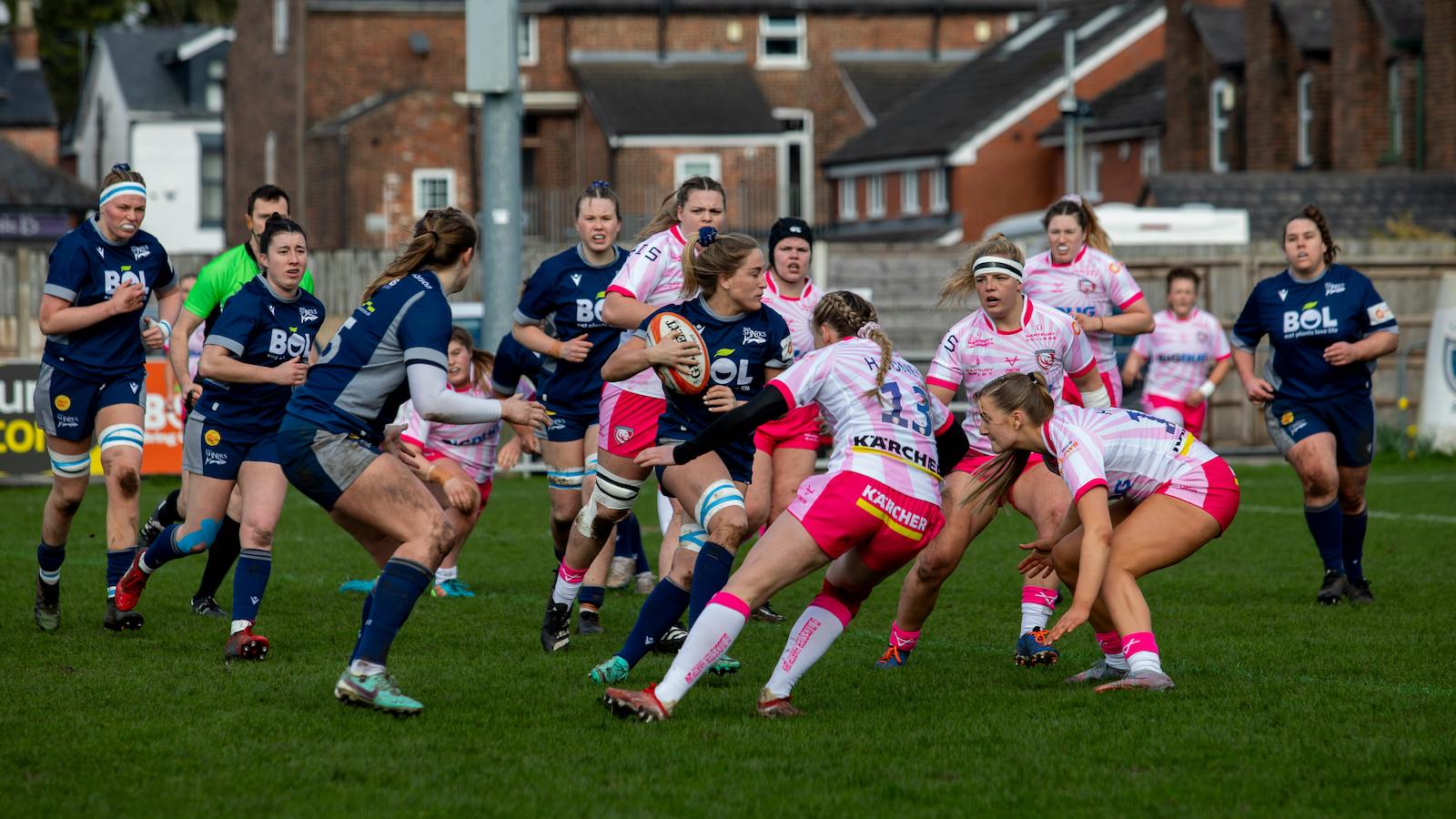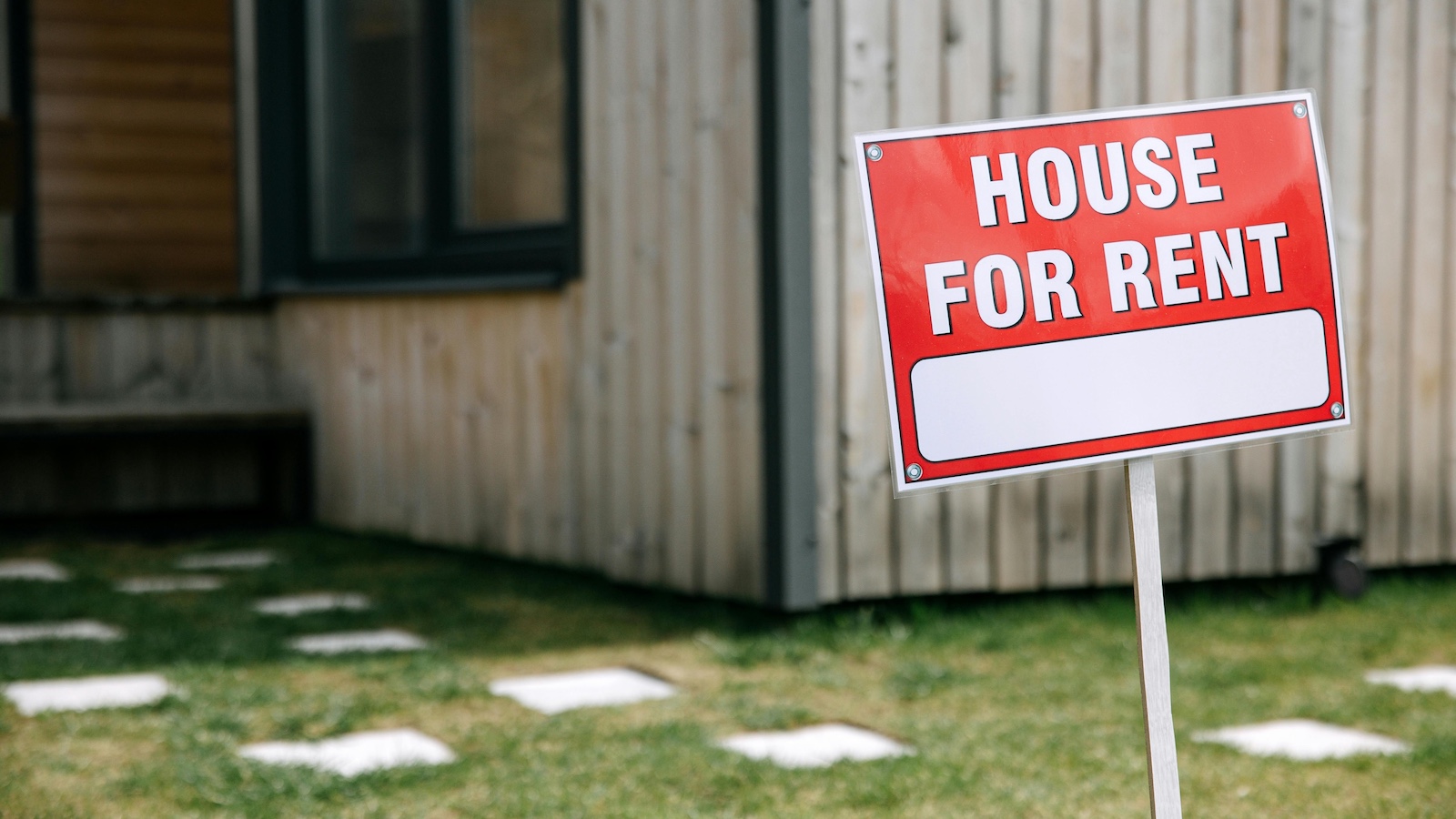In sports, there are no guarantees. It’s a good thing, then, that there are insurance policies that players, teams, venues, and leagues can rely on to help mitigate risk on and off the field, all while the players work hard for a win.
Sports insurance includes everything from players’ health and accident protection to general liability and workers' compensation. Professional sports tend to get most of the headlines, and sure, there are insurance policies specifically for them, but from an insurance professionals’ perspective, the majority of insurance policies are written for schools, universities, and amateur leagues.
Even so, if there is risk, or money, involved, there is likely to be an insurance policy available to protect from that risk — if someone is willing to pay for it.
College Coverage
Colleges within the National Collegiate Athletics Association have long protected their athletes from on-field injures. If someone is hurt while playing for their college team, they could be assured that their treatment and rehab would be provided by their school.
But once they graduated, that wasn’t always the case — until this year.
Beginning in August 2024, the NCAA is now mandating that schools give their athletes medical coverage that will extend two years after the athlete completes their eligibility – either through graduation or some other separation from the sport.
That means that if an athlete graduates, only later to find some nagging injury has flared up, that athlete will now be covered — at least for two years.
These policies have a $90,000 limit per injury, with no deductible. They also cover mental health services related to that injury for up to $25,000, though that will be counted as part of that $90,000 total.
Obviously, this coverage is only for injuries sustained while participating in an NCAA sport or practice. That caveat worries some schools, though. It is going to be up to the schools to document injuries as they happen. And for programs with understaffed training programs, many schools worry that the new recordkeeping burden may be more than they can manage.
See also: Navigating the Complexities of Venue Insurance
Professional Policies
Once sport hits the professional level, it becomes big business. And just like any business, sports teams and leagues have an army of insurance professionals helping take care of their numerous policies.
From the club level, a professional sports team has similar policies to just about any other business, at least when it comes to the facilities and back-office employees – health, general liability, umbrella, business interruption, and workers' compensation, among others.
When it comes to the players, the policies have some nuance.
Typically, player insurance policies are covered by the leagues’ collective bargaining agreements. While each team carries separate health insurance plans for their back offices, every player in the league typically is covered by a single nationwide policy. This allows the players to keep their coverage if they are traded and are then forced to move their families across state lines.
When it comes to individual sports, such as tennis or golf, the coverage is generally up to each individual athlete. Some players’ associations offer group coverages the individuals can buy into.
Workers' compensation is particularly tricky when it comes to players, especially in high-impact sports. All professional athletes are covered by their state’s workers' compensation program while they are playing. The leagues are typically responsible for purchasing those plans.
If an athlete is injured on the field, the plan will cover a portion of their salary, as well as treatment for their injuries.
But the tricky part is that fewer and fewer workers' compensation plans are willing to write policies that include coverage for concussions or traumatic brain injuries.
So far, each league has been able to find carriers to include brain injuries, but with the past billion-dollar settlement the NFL paid, as well as the inevitable flood of lawsuits to come, the key question is whether insurers will continue to indemnify teams when the policies are up for renewal. And if the teams and leagues end up being on the hook for the billions of dollars of liability, the viability of these leagues becomes a legitimate concern. Workers' compensation for contact sports could become a nightmare.
Salary Safety
Beyond players' health and safety, there is another insurance policy that professional teams have been opting for more and more lately, and that is a disability policy that would refund the team if a player is no longer able to perform but their contract still says they are due a multimillion-dollar payout.
Often things like signing bonuses or, in some leagues, the entire value of the contract must still be paid if the athlete is no longer physically able to play. That could be tens or even hundreds of millions of dollars for top athletes.
On top of that, if the team is paying for a player who can no longer play, they are often still stuck with that money as a hit against their salary cap, meaning they can't hire anyone else to replace them.
Enter insurance.
Teams are increasingly buying disability policies to protect themselves in case their stars are injured on the field but the team still has to pay out. Some of those policies kick in the first game the star misses. Others have waiting periods – often eight games or so.
In the NFL, the collective bargaining agreement sweetens those insurance policies, and if a team gets a refund on that salary, then they also get that salary cap space returned.
The catch to these policies is that they have extremely high premiums, so they are only worthwhile in some situations. Other policies are rumored to have exclusions for things like traumatic brain injury, potentially limiting their usefulness.
See also: Leadership Lessons From Sports
Amateur Coverage
Professional and college sports get most of the headlines, but for the typical insurance professional, it is the K-12 and amateur leagues that will drive most of the insurance business on a day-to-day basis.
Schools typically purchase their player coverages through commissions or the school board.
Youth and amateur leagues tend to buy coverage on behalf of the teams participating. In general, the field owner or municipality will require the league or individual teams to show proof of coverage before they can use the facility.
These policies include general liability as well as participant liability and even inland marine policies to protect things like equipment.
Increasingly, and especially in the wake of high-profile sexual abuse cases involving women and youth athletes, many municipalities are requiring hefty abuse liability policies. Some of the highest requirements right now are in California.
Standard polices often cover abuse, but they generally have limits that are too low to accommodate the new wave of coverage requirements or to protect against the monstrous settlements, meaning stand-alone policies with higher limits and separate deductibles are needed. Those add-on policies typically require background checks and potentially other safeguards, such as clear policies and protocols to ensure the participants are safe.








